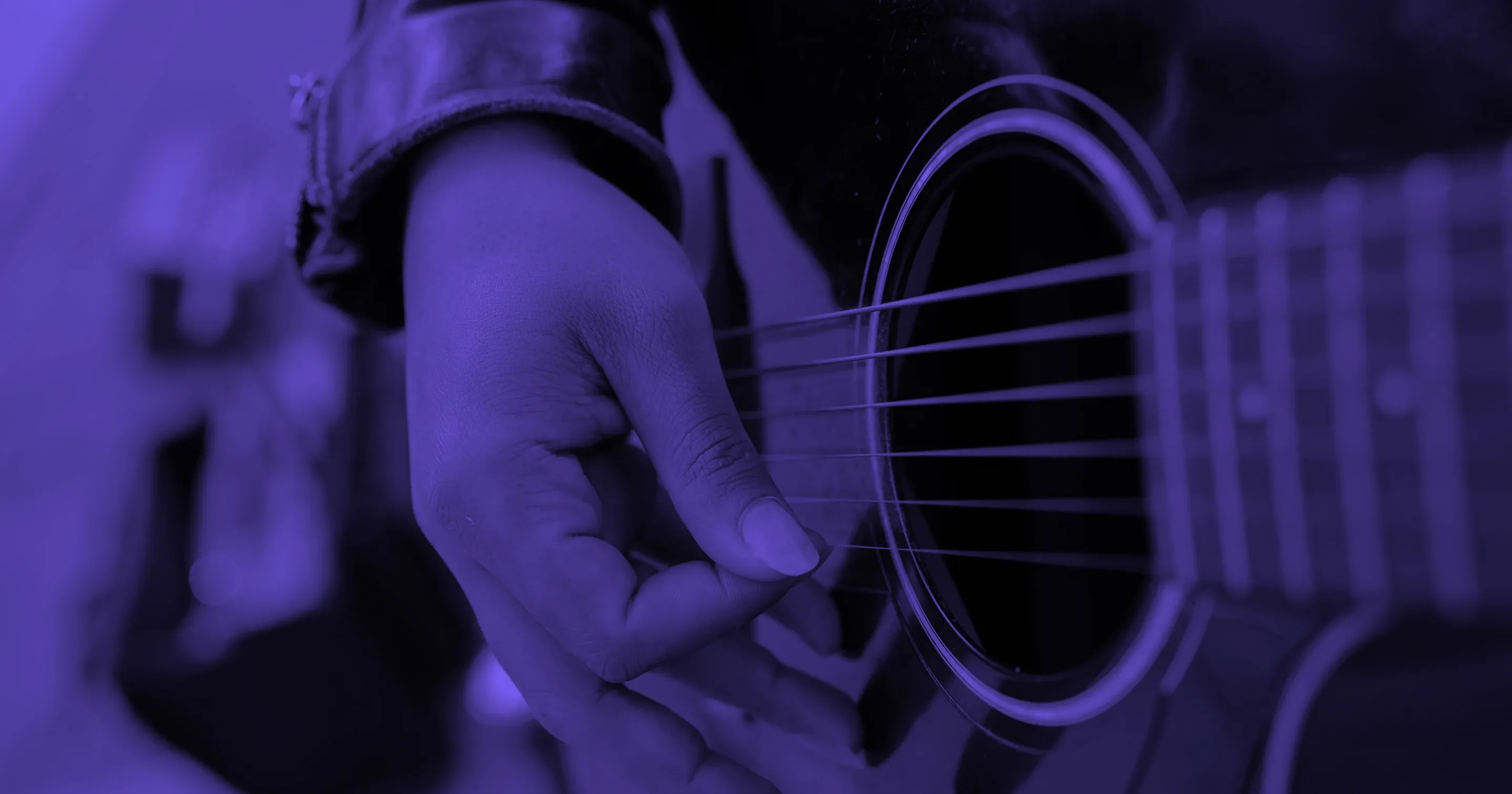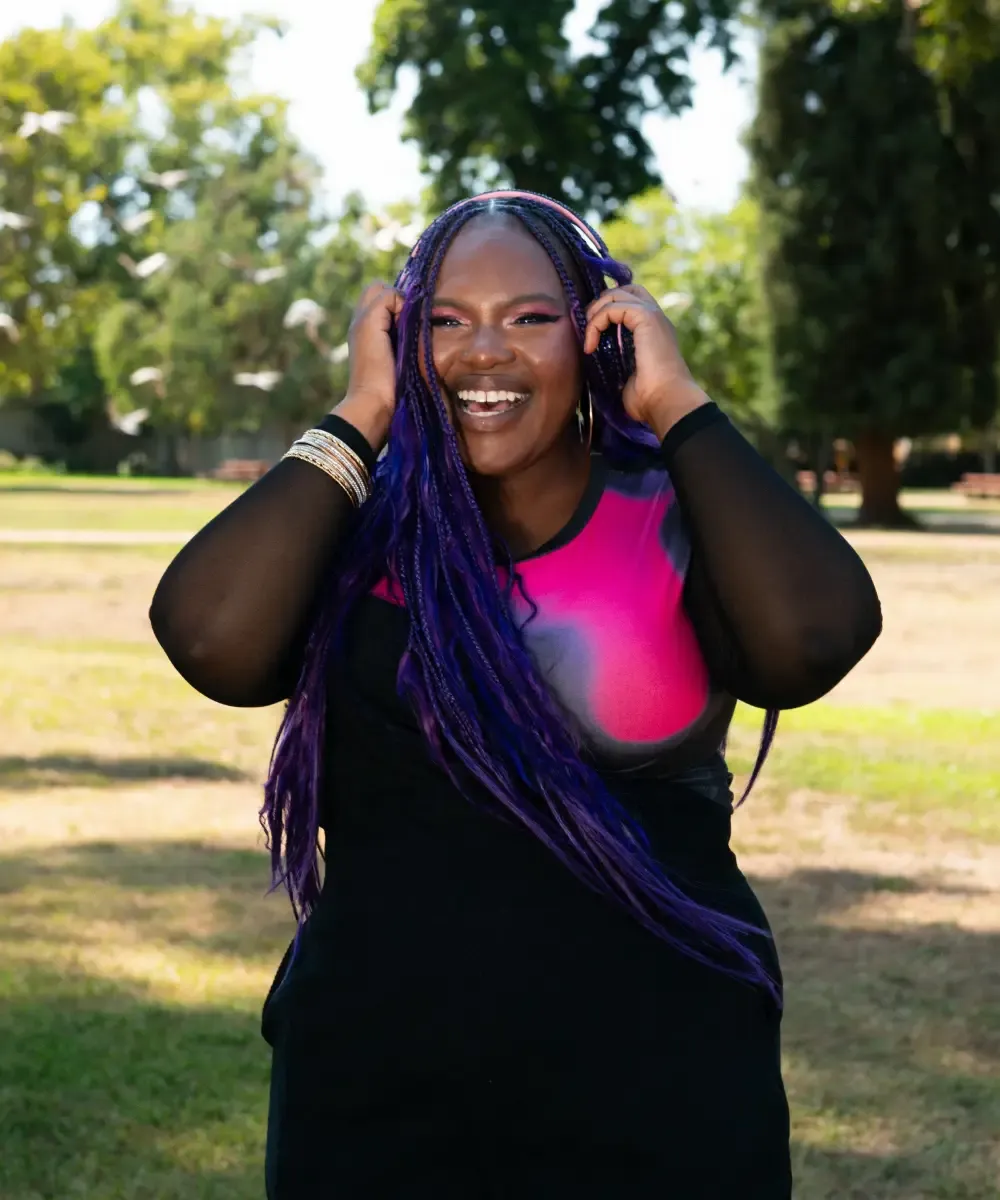
How to Make a Cover Song
Make a cover song like a pro! Follow our guide on turning Billie Eilish's "Bad Guy" into a bossa nova song. Explore the limitless creativity of remote music production with session musicians and engineers
Turning Bad Guy by Billie Eilish Into a Bossa Nova Song
The digital age has transformed numerous industries, and music production is no exception. Musiversal offers a platform to connect with professional session musicians, enabling the remote creation of high-quality recordings for singles, EPs, or albums.
This article explores the process of producing a bossa nova cover of Billie Eilish’s “Bad Guy” demonstrating this platform's efficiency and limitless creative potential.
The production journey began with scheduling sessions based on personal availability. Our remote recording's flexibility allows you to find sessions at various times of the day that suit your schedule.
Setting the Stage with a Songwriting Session
Every music project benefits from a solid start. Musiversal's songwriters are here to help, whether you're sketching out a new tune or polishing an almost-finished track. Think of them as musical architects, ready to build or refine your ideas.
In a 45-minute session, Sebastian Sottomayor reshaped the stark, minimalist"Bad Guy"into a breezy bossa nova in a major key. This meant reworking the chords and rhythms while keeping the original melody's core intact.
The session resulted in a detailed chord chart showing the new harmonies alongside the original lyrics. This chart was a key guide for the musicians and the following sessions. Sebastian also provided a demo recording serving as a foundation to build the track.
Right from the start, clear communication was crucial. We discussed the desired sound – a stripped-down bossa nova cover that still felt like the original. This conversation ensured everyone was on the same page, leading to a unified final product. Whether you need help with lyrics, structure, or melodies, Musiversal's songwriters can provide that professional foundation.
Building the Rhythm Section: Drums
The drums are the heartbeat of any track, especially in bossa nova, where the groove is everything. To ensure the drum session ran smoothly, drummer Pedro Fonte was sent the song's direction and the demo beforehand. This allowed him to familiarize himself with the song's vibe and structure, so he came ready with ideas.
In just 30 minutes, Pedro showed off his skills, delivering several takes with different drum interpretations. He started with the basics, laying down solid bossa nova rhythms that gave the song its core groove.
But it wasn't just about sticking to the demo. Pedro was encouraged to add his flair,"going off script"to play around with dynamics and fills. This added a layer of personality and depth to the drum tracks.
Beyond his playing, Pedro's technical setup was top-notch. He provided individual microphone stems for each drum, a mixer's dream. This meant the drum sound could be perfectly fine-tuned, with separate control over each drum and cymbal. And within 15 minutes of the session ending, all the stems were delivered. The sheer number of takes and the detailed stems provided many options for the final mix.
Adding Harmony and Rhythm: Guitar
In bossa nova, the guitar is a key part of the rhythm. Pedro Silveira was given the original demo with the recorded drum track to get the guitar right, which allowed him to sync his playing with the established rhythm.
Since the guitar's main job in bossa nova is to keep the beat, and Pedro Silveira is a pro in the genre, he needed minimal direction. The goal was simple: create a tight rhythmic backbone, following the drums closely.
After a few successful takes of this, we explored accenting specific notes and parts to work with vocals that will be recorded later. Pedro tested and recorded different ideas, adding subtle melodic elements to the guitar track.
The 30-minute session produced eight high-quality guitar stems, giving plenty of options for the mix. These included complete takes as well as accent tracks for specific moments. This detail allows precise control of which parts to use in the final mix. Pedro’s ability to deliver solid rhythms and delicate accents added to the cover's overall vibe.
Adding Piano Texture With Keyboards
The piano adds a layer of richness to the bossa nova, providing depth and harmonic and melodic interest. The session with keyboardist Taras Kuznetsov was efficient and creatively productive. Taras got a rough demo with the drums and guitar and instructions to keep things minimal.
Right off the bat, Taras's first take was spot on. He immediately understood the vibe, which showed his musical skill. But, to explore some options, we recorded a few more takes, focusing on different intensities and melodic and harmonic intricacies. These ranged from subtle chord changes to more prominent melodic lines, providing a range of textures for the mix.
A significant aspect of recording with keyboards and not an acoustic piano is getting audio stems and MIDI files. This will give you tons of flexibility.
In this instance, Taras's piano tracks sounded as amazing as they were. The warmth and clarity of his playing perfectly complemented the other instruments. Receiving both audio and MIDI files is part of what makes recording with Musiversal offer so much flexibility.
Creating the Groove: Bass
The bass line is the backbone of any song, and in bossa nova, it's the glue that holds everything together. We hired bass player extraordinaire Bruno Migliari for this task. He was given minimal direction, allowing him to use his creative judgment. The only specific request was to include a single bar of the original song's bass line in the new major key.
This open-ended approach lets Bruno really interpret the song's feel. His musical intuition and skill resulted in a bass track that grounded the arrangement and gave it a groove. His playing blended perfectly with the drums and guitar, creating a solid rhythmic foundation.
Bruno records with multiple microphones to give you or the mix engineer maximum flexibility. This means each part of the bass sound could be adjusted separately. This level of control is key to getting a polished, professional sound. Bruno's ability to craft a great bass track and his attention to recording details really enriched the song's overall sound.
Adding the Vocal Element: Singer
Ally Rozario handled the vocals to really bring the bossa nova cover to life. To give her the whole picture, a quick demo was put together with all the instruments: drums, guitar, keyboards, and bass. This demo lets her hear the arrangement and shape her vocals to fit.
This vocal session was all about collaboration and exploration. It wasn't just about singing the melody but about trying different styles, harmonies, and background vocals.
We tested different vocal styles, including singing with more legato versus staccato, to ensure that the final version felt like bossa nova but maintained the song's emotional core. Harmonies were a big focus, with Ally recording several parts to add depth and richness.
This collaborative approach resulted in an abundance of vocal stems, giving us plenty of material to work with when putting the final song together. Multiple takes, harmonies, and backing vocals meant the vocals could be shaped perfectly to fit the instruments. Ally's versatility and willingness to collaborate really made the cover a captivating bossa nova rendition.
Putting it All Together: Mixing
The final step was mixing, handled by audio engineer Yago Marques. Here, we simply uploaded all the chosen tracks from each remote recording session to be put together into a polished song. Before the session, each selected stem was uploaded to the Musiversal platform, ensuring they were all perfectly aligned.
To make things smooth, we aligned all the chosen stems to have the same starting point before uploading each one to the Musiversal platform. This way, Yago can simply import each track into his DAW and not spend time trying to get the timing of each track right.
Before the mixing session, we also gave Yago a few written instructions. These instructions included specific requests regarding the mix, like adding backing vocals in some versions. Clearly written instructions were beneficial since this was our only session without attending it live.
While being part of the recording session and collaborating in real-time is crucial for remote recording, having the opportunity not to attend is equally essential for efficiency. Even if you cannot participate in the session, you can still progress in your music production.
Watch Us Turn “Bad Guy” Into a Bossa Nova Song
Get a behind-the-scenes look! The video below shows how we collaborated with the Musiversal artists to create this vibrant cover.
The Modern Musician's Toolkit
Real-time collaboration is a key part of the Musiversal experience. This direct connection between you, the artists, and the session musicians cuts down on the endless back-and-forth that often slows down traditional remote recording.
Live sessions make it easy to share musical ideas instantly, something that's hard to do in emails. This direct communication allows instant feedback and changes, creating a dynamic and creative environment. Even if you don't have formal music training, you can still get your ideas across by using examples or describing what you hear, and the musicians will understand.
The platform's musicians are carefully chosen, with both musical skill and communication in mind. They're great at turning creative ideas into real music, even if you explain things simply. This ability to understand and work with different types of communication is essential for a smooth collaboration.
Working with professional musicians remotely opens up a whole new world of possibilities. Location doesn't matter, so you can connect with talent from around the globe, bringing diverse backgrounds and styles to your music.
This enriches the creative process and lets you explore sounds you might not have otherwise found. The speed and efficiency of real-time collaboration, combined with the platform's skilled musicians, make bringing your musical visions to life easier than ever.
Your Music, No Limits.
Join the Waitlist